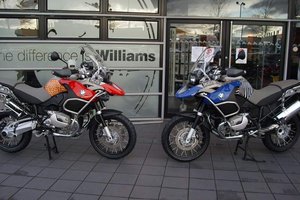BMW R 1200 GS Adventure (2012-2018): The Globetrotter’s Ultimate Companion
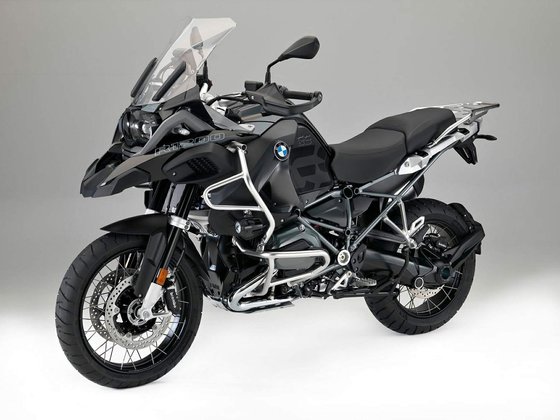
Introduction
The BMW R 1200 GS Adventure isn’t just a motorcycle—it’s a legend. From 2012 to 2018, this generation solidified its reputation as the Swiss Army knife of adventure bikes, blending long-distance comfort, off-road prowess, and technological innovation into a package that’s as at home on the Autobahn as it is in the Andes. Designed for riders who demand versatility without compromise, the GS Adventure became the benchmark for the "go anywhere, do anything" ethos. Having spent time in the saddle of a 2017 Triple Black edition, I can confirm: this machine doesn’t just meet expectations—it redefines them.
Design & Ergonomics
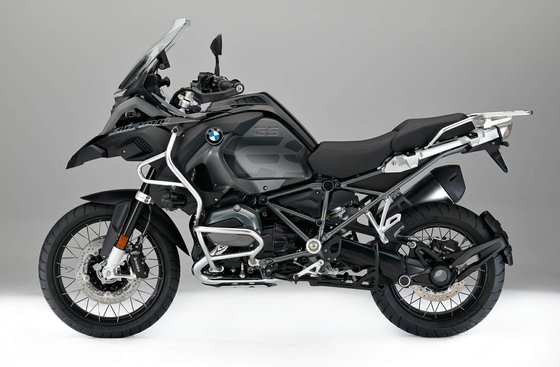
The GS Adventure’s design screams purpose. Its towering stance, accentuated by a 30-liter (7.9-gallon) aluminum fuel tank and 220 mm (8.7 in) of suspension travel, immediately signals its readiness for rugged terrain. The 2012-2018 models evolved subtly, with updates like the Triple Black edition’s murdered-out styling (Blackstorm Metallic tank, dark engine finishes) and ergonomic refinements.
Standing at 890–910 mm (35.0–35.8 in), the seat height might intimidate shorter riders, but the narrow waist and optional low seat mitigate this. Wide, rubber-coated footpegs and adjustable handlebars cater to both seated cruising and standing off-road maneuvers. Wind protection is stellar, thanks to an adjustable windshield and handguards that shrug off roost and rain. Practicality shines with lockable storage compartments and crash bars that double as leg rests.
Engine: The Heart of the Adventure
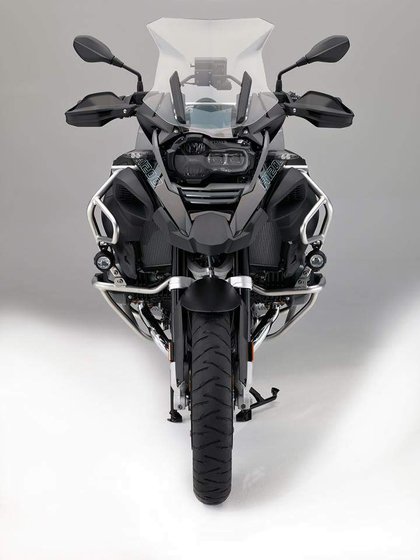
The liquid-cooled 1,170 cc boxer twin is a masterpiece. Producing 125 hp (92 kW) at 7,750 rpm and 125 Nm (92 lb-ft) of torque at 6,500 rpm, it’s a torque-rich workhorse. The 2014 update introduced precision cooling—liquid for the heads, air for the cylinders—optimizing thermal management for slow crawls and high-speed runs alike.
Throttle response is crisp, whether you’re grunting up a muddy incline or overtaking on the highway. The six-speed transmission pairs seamlessly with the shaft drive, requiring minimal maintenance—a godsend for remote travels. In "Enduro Pro" mode (optional via coding plug), traction control allows just enough slip to keep things lively without drama.
On-Road Performance
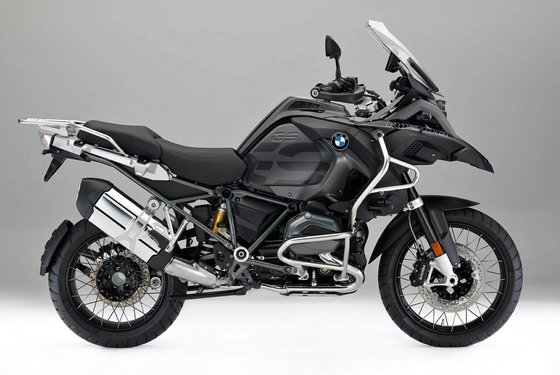
On pavement, the GS Adventure defies its 260 kg (573 lbs) wet weight. The Telelever front suspension and Paralever rear absorb bumps while maintaining razor-sharp stability. Lean into a corner, and the bike feels planted, aided by a 19-inch front wheel and Metzeler Tourance tires. Braking is confident, with dual 305 mm discs up front and BMW’s Integral ABS (disengageable off-road).
Riding modes like "Rain" and "Road" adjust throttle mapping and ABS intervention. Opt for the Dynamic ESA (Electronic Suspension Adjustment), and damping adapts to load and terrain in real time. At 120 km/h (75 mph), the cockpit remains serene—a testament to BMW’s wind tunnel testing.
Off-Road Capabilities
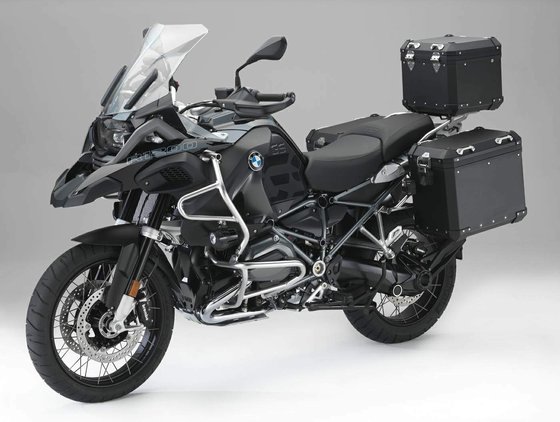
Switch to "Enduro" mode, and the GS Adventure transforms. The longer suspension travel soaks up ruts, while the shaft drive’s revised geometry reduces driveline lurch. Ground clearance of 210 mm (8.3 in) lets you straddle rocks without fear. The 21.6:1 first gear (2.438 ratio) crawls like a tractor, and the anti-hopping clutch prevents rear-wheel lockups during aggressive downshifts.
Heavier than rivals like the KTM 1190 Adventure R? Yes, but the boxer’s low center of gravity masks it. On loose gravel, the bike dances beneath you—provided you’ve swapped the Tourances for knobbies. The optional engine guard and spoked wheels (2016+ Iconic Edition) add peace of mind for rocky trails.
Technology & Electronics
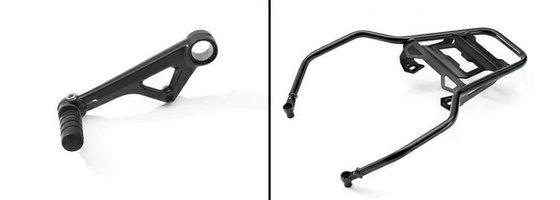
BMW’s tech suite was ahead of its time. The 2016 update brought a full-color TFT display (optional) with Bluetooth connectivity, navigation, and ride data. Heated grips and seats come standard on higher trims, while Hill Start Control (HSC) prevents rollbacks on inclines.
The 2017 model introduced Shift Assistant Pro—clutchless up/downshifts—and Keyless Ride. Traction control (ASC) and ABS Pro (cornering-aware braking) are lifelines in slippery conditions. While the menu system feels dated compared to modern TFT dashes, the multi-controller knob keeps distractions minimal.
Competition

The GS Adventure’s fiercest rival was the KTM 1190 Adventure R. Lighter (233 kg / 514 lbs dry) and more powerful (150 hp), the KTM excels in aggressive off-roading with its 21-inch front wheel and WP suspension. Yet it falters in touring comfort: a smaller 23-liter (6.1-gallon) tank and cramped ergonomics limit long-haul appeal. BMW counters with superior wind protection, a plush seat, and that cavernous fuel range—300+ miles (480+ km) between fill-ups.
The Yamaha Super Tenere ES offered reliability and value but lacked BMW’s tech finesse. Meanwhile, the Ducati Multistrada 1200 Enduro blended Italian flair with sky-high power (160 hp), yet its maintenance-intensive chain drive and premium price alienated purists.
Verdict: The GS Adventure strikes a Goldilocks balance—enough tech for techies, enough grit for adventurers, and enough comfort for globe-trotters.
Maintenance & Ownership
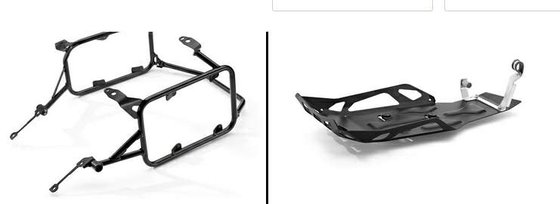
Ownership is refreshingly straightforward for a bike this complex. The shaft drive eliminates chain adjustments, and valve checks are every 20,000 km (12,400 miles). Key wear items include:
- Air filters: Upgrade to a high-flow kit (e.g., K&N) for dusty trails.
- Brake pads: sintered pads improve stopping power when loaded.
- Suspension bushings: Inspect regularly if you’re logging off-road miles.
- Battery: Opt for a lithium-ion replacement to shave weight.
Common upgrades at MOTOPARTS.store: - Engine guards: Aluminum skid plates for rocky terrain. - LED aux lights: Enhance visibility on unlit trails. - Aftermarket seats: Customize for all-day comfort. - Luggage systems: Expand storage with panniers and top cases.
BMW’s reliability is legendary, but keep an eye on the final drive seals—early models had occasional leaks. Oil changes (4L of 5W-40) and coolant flushes are DIY-friendly with basic tools.
Conclusion
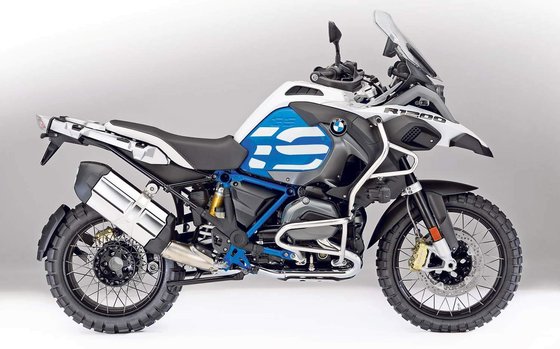
The 2012–2018 BMW R 1200 GS Adventure isn’t perfect—it’s heavy, tech menus lag, and the price of entry is steep. But perfection isn’t the point. This is a machine that laughs at compromise, coddling you on endless highways one day and clawing up mountain passes the next. It’s a bike that doesn’t just take you places—it makes you want to find new ones. Whether you’re circumnavigating continents or exploring backroads, the GS Adventure isn’t just a tool; it’s the travel partner you’ll trust with every mile.
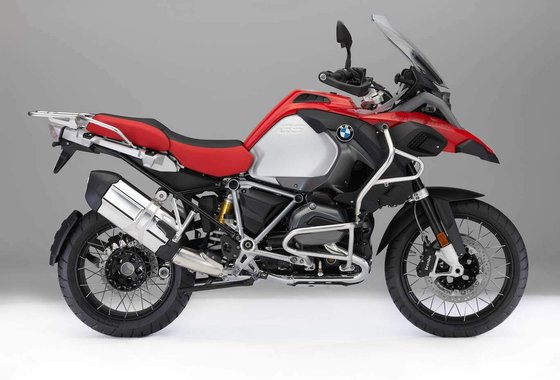



























Specifications sheet
| Engine | |
|---|---|
| Stroke: | Four-stroke |
| Max power: | 92 kW | 123.0 hp |
| Alternator: | 620 W |
| Max torque: | 125 Nm |
| Fuel system: | Electronic intake pipe injection (BMS-X) |
| Max power @: | 7750 rpm |
| Displacement: | 1170 ccm |
| Max torque @: | 6500 rpm |
| Configuration: | Opposite |
| Cooling system: | Liquid/Air |
| Compression ratio: | 12.5:1 |
| Number of cylinders: | 2 |
| Dimensions | |
|---|---|
| Wheelbase: | 1507 mm (59.3 in) |
| Dry weight: | 229 |
| Wet weight: | 263 |
| Seat height: | 890-910 mm (35.0-35.8 in) |
| Overall width: | 953 mm (37.5 in) |
| Overall height: | 1450 mm (57.1 in) |
| Overall length: | 2255 mm (88.8 in) |
| Ground clearance: | 165 mm (6.5 in) |
| Reserve capacity: | 4 L (1.1 US gal) |
| Fuel tank capacity: | 30 L (7.9 US gal) |
| Drivetrain | |
|---|---|
| Final drive: | shaft |
| Gear Ratios: | 1st 2.438 / 2nd 1.714 / 3rd 1.296 / 4th 1.059 / 5th 0.943 / 6th 0.848 |
| Transmission: | 6-speed with anti-hopping wet clutch |
| Transmission Ratio: | 2.91:1 |
| Maintenance | |
|---|---|
| Engine oil: | SAE 5W-40 |
| Brake fluid: | DOT 4 |
| Spark plugs: | NGK LMAR8D-J |
| Spark plug gap: | 0.8 |
| Final drive oil: | 180 ml 75W-90 GL-5 |
| Coolant capacity: | 1.9 |
| Engine oil capacity: | 4.0 |
| Tire pressure (rear): | 2.9 bar (42 psi) |
| Tire pressure (front): | 2.5 bar (36 psi) |
| Engine oil change interval: | Every 5000 km or 2 years |
| Valve clearance (intake, cold): | 0.10–0.17 mm |
| Valve clearance check interval: | 24,000 km (15,000 mi) |
| Valve clearance (exhaust, cold): | 0.34–0.41 mm |
| Chassis and Suspension | |
|---|---|
| Frame: | Tubular steel bridge frame |
| Wheels: | Cross-spoke (3.00 x 19 front / 4.50 x 17 rear) |
| Rear tire: | 170/60 -17 |
| Front tire: | 120/70 -19 |
| Rear brakes: | 1 x 275 mm disc, 2-piston caliper (ABS Pro) |
| Front brakes: | 2 x 305 mm discs, 4-piston calipers (ABS Pro) |
| Rear suspension: | Paralever WAD strut, 220 mm (8.7 in) travel, adjustable preload/damping |
| Front suspension: | BMW Telelever, 37 mm stanchion, 210 mm (8.3 in) travel |



